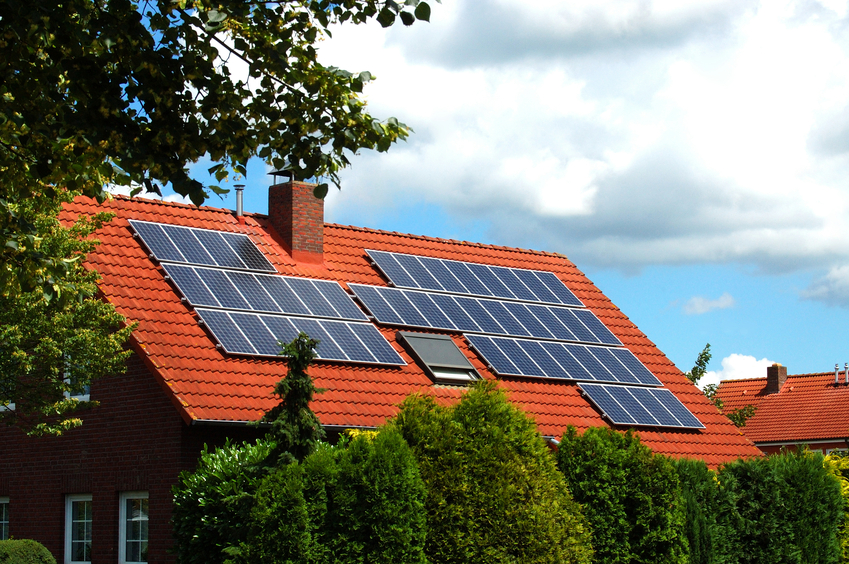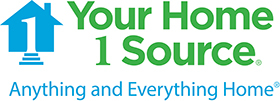
How to achieve a very green home
Going green and doing your part in saving the planet is a great goal, but it can prove confusing. Why? Unfortunately, there’s no single definition of whether a home is green enough. Do all paints and adhesives need to be a low- or no volatile organic compound (VOC) to be considered green? Must all materials be from local sources, so they weren’t shipped from far away, another benchmark of greenness? Or, does every appliance have to have an Energy Star label? The questions go on and on.
Fortunately, there’s one criterion that can lessen your confusion and serve as a practical guide. Homes labeled Zero Energy or Zero Net Energy reflect the most rigorous design and construction standards to date of greenness. Here’s what you should know if you want to build or retrofit a home to a high green level:
1. Get off the grid. Homes that are Zero Energy are connected with a municipality’s electric grid, which tracks your energy use as a homeowner in the same way your bank tallies your deposits. On sunny days, solar photovoltaic (PV) panels on the roof of these homes produce energy. What’s not used is sent to the grid and "stored," so a homeowner can build up credit on their account, just as with a bank. On cloudy days, you might withdraw energy, or deduct it from your account. The goal by year end is to have a zero balance–hence the Zero in the moniker. Your initial hookup to the community’s grid may involve a fee, but many now don’t charge to encourage greater homeowner energy consciousness and savings, says Joe Emerson, a Zero Energy homeowner in Bend, Oregon, whose online Zero Homes offers a wonderful resource.
2. Pick the right site for passive solar gain. You want a site that takes maximum advantage of the sun’s energy to power your home. Having few trees on the future home’s south side will help. The best designs have one of their "long" sides on a southern orientation to capture light, plus the right sized overhangs to block strong heat, says Ryan Shanahan, a senior green building consultant with Earth Advantage in Portland, Oregon, which certifies that homes are built to green-building criteria.
3. Model energy use to be cost conscious. You want to incorporate as many energy-conscious features as you can beside the PV panels. To do so, you can use software programs and hire experts to help you do the calculations. NORESCO, a large energy service company in Boulder, Colorado offers a REM/Rate TM software that computes heating, cooling, hot water, lighting, and appliance energy loads, consumption, and costs based on the R-values and other data that are input. You can find such software and experts by going online and searching for area Zero Net sources.
4. Insulate your total envelope. To do this, select the best constructed architectural features in walls, floors, ceilings, windows, and doors, and also insulate them for extra protection. What’s good insulation? Walls should be doubled, and each 1-foot thick with blown-in insulation between them. The R-values should depend on your area’s climate. Find out if the package is tight enough by having an energy consultant conduct a blower-door test.
5. Choose smart systems and appliances. You’ll want to have a thermal hot water system to provide warm and hot water, either through an active or passive system. How about an energy-efficient heating and cooling system with a top choice being one that uses a heat pump with a mini split; an energy-efficient fresh air supply that comes with the choice of a good Energy Recovery Ventilation or ERV system, which exchanges and treats incoming air; the Energy Star energy-efficient appliances and electronics, and also now energy-efficient LED light choices, which have come way down in price.
6. Zero in on governmental incentives and tax credits. In many cases, green materials and systems do cost more on the front end or initially than traditionally constructed and outfitted homes. But the payback makes the green choices more affordable in future years. In addition, there still are governmental incentives and tax credits for many choices, from solar PV panels to solar hot water tanks, says Emerson. He estimates the additional initial costs at about 5 to 10 percent. For more information, go online to Department of Energy’s Database of State incentives for renewables and Efficiency.
7. Don’t forget the aesthetics. Know that green homes can look traditional, contemporary, and stunning! Architect Jacqueline Nunez of WonderGroup in Boston has designed Boston’s first Net Zero neighborhood, first LEED Platinum neighborhood with 20 homes on two acres, and the first project in New England constructed to Fortified certification standards. The Boston Redevelopment Authority recently approved the contemporary looking project, putting it a step closer to ground breaking. Builder and designer Ted Clifton has a company that produces affordable plans to be purchased "off the shelf" through his Zero-Energy Plans company in Seattle, Washington. His average plan sells for $1,200; a new custom plan costs about $4,500.
Most of these Zero Net homes are highly durable because of their thicker walls and access to fresh air through ventilation systems, so they control humidity and moisture problems to some extent, Emerson says. "They’re generally built to a higher standard," he adds.
The best news: All the options are growing and are likely to become more popular as more homeowners get on the Zero bandwagon.
